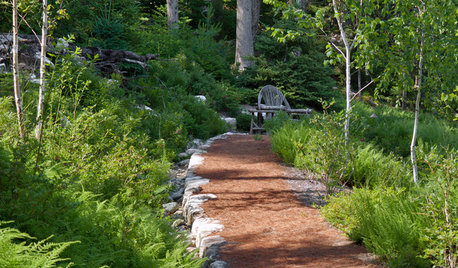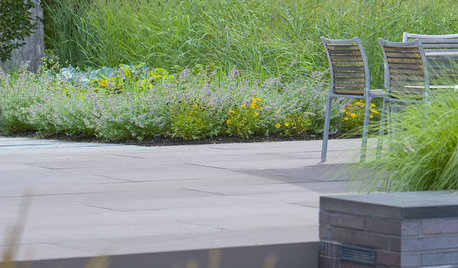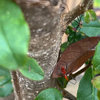How to plant seeds in thick straw mulch
euphony
14 years ago
Featured Answer
Comments (15)
anney
14 years agoorganicguy
14 years agoRelated Professionals
Ashburn Landscape Architects & Landscape Designers · Westwood Landscape Contractors · Ashburn Landscape Contractors · Berkeley Heights Landscape Contractors · Los Banos Landscape Contractors · New Cassel Landscape Contractors · Palos Verdes Estates Landscape Contractors · Pleasant Grove Landscape Contractors · Rockville Landscape Contractors · The Woodlands Landscape Contractors · Vancouver Landscape Contractors · Westford Landscape Contractors · Woodbury Landscape Contractors · Towson Decks, Patios & Outdoor Enclosures · Santa Monica Decks, Patios & Outdoor Enclosureseuphony
14 years agotoogreen
14 years agopeter_6
14 years agorj_hythloday
14 years agodicot
14 years agorlv4
14 years agotoogreen
14 years agoeuphony
14 years agoorganicguy
14 years agoiloveflowersinpa
14 years agojonas302
14 years agogjcore
14 years ago
Related Stories

GARDENING GUIDES5 Things to Know About Weeding and Mulching Your Native Garden
What’s the best time to pull weeds? How thick should the mulch be? Here’s the scoop for a healthy landscape
Full Story
GARDENING GUIDESNew Ways to Think About All That Mulch in the Garden
Before you go making a mountain out of a mulch hill, learn the facts about what your plants and soil really want
Full Story
GARDENING GUIDESThe Art of Green Mulch
You can design a natural garden that doesn’t rely on covering your soil with wood and bark mulch
Full Story
GARDENING GUIDESHow to Pick a Mulch — and Why Your Soil Wants It
There's more to topdressing than shredded wood. Learn about mulch types, costs and design considerations here
Full Story
GREEN BUILDINGWhy You Might Want to Build a House of Straw
Straw bales are cheap, easy to find and DIY-friendly. Get the basics on building with this renewable, ecofriendly material
Full Story
FLOWERS AND PLANTSPanicum Virgatum, a Prairie Beauty Many Gardeners Can Enjoy
Switchgrass adds color through the year and is a natural ‘seed feeder’ for birds
Full Story
GROUND COVERSGround Force: 10 Top Ground Covers for Your Garden
Protect your soil from weeds and drought this summer with a living mulch of ground covers
Full Story
GARDENING GUIDES6 Native Ground Covers for Tough, Dry Spots
Sun beating down on your sandy gravel? Thick shade darkening your clay soil? There’s a ground cover here for you
Full Story
FALL GARDENINGBe Your Own Wildflower Nursery
Gather seeds from your garden in fall, and you'll have a selection of plants for next year — without spending a dime
Full Story
GARDENING GUIDESGreat Design Plant: Grow Blueberries for Their Fruit and More
Eastern gardeners should consider growing blueberry plants for their delicious fruits, bee-friendly spring blooms and brilliant fall foliage
Full Story







organicguy